The end-of-September deadline for renewing SAP support is drawing ever closer, which likely means you’ve been holding numerous vital discussions regarding your 2024 strategy and budget.
Where can you cut unnecessary expenses? How can you afford new hires or support initiatives, like enhanced security or cloud migration? Are your current SAP products meeting your requirements, and is SAP’s Support prompt and personal, and a value-add to your IT budget?
If you hesitated to answer that last question, then it’s time to seriously consider the alternative of third-party SAP support.
What would next year be like under third-party support?
With every annual renewal, SAP increases your support costs by 2 to 4%. In comparison, Spinnaker Support’s third-party support immediately cuts your SAP Support fees by an average of 62%.
But switching providers isn’t just about cost savings. Spinnaker Support also provides a more responsive and comprehensive service. To catch a glimpse of what quality support is like, read on as we transport you to an alternate timeline – one in which you have just committed to Spinnaker Support.
September-December: Transitioning to Spinnaker Support
From the moment you sign on, Spinnaker Support initiates the onboarding process, helping you smoothly transition to our services. We introduce you to our methodology, help you understand the model, and present the team that will support your SAP landscape. Activities include:
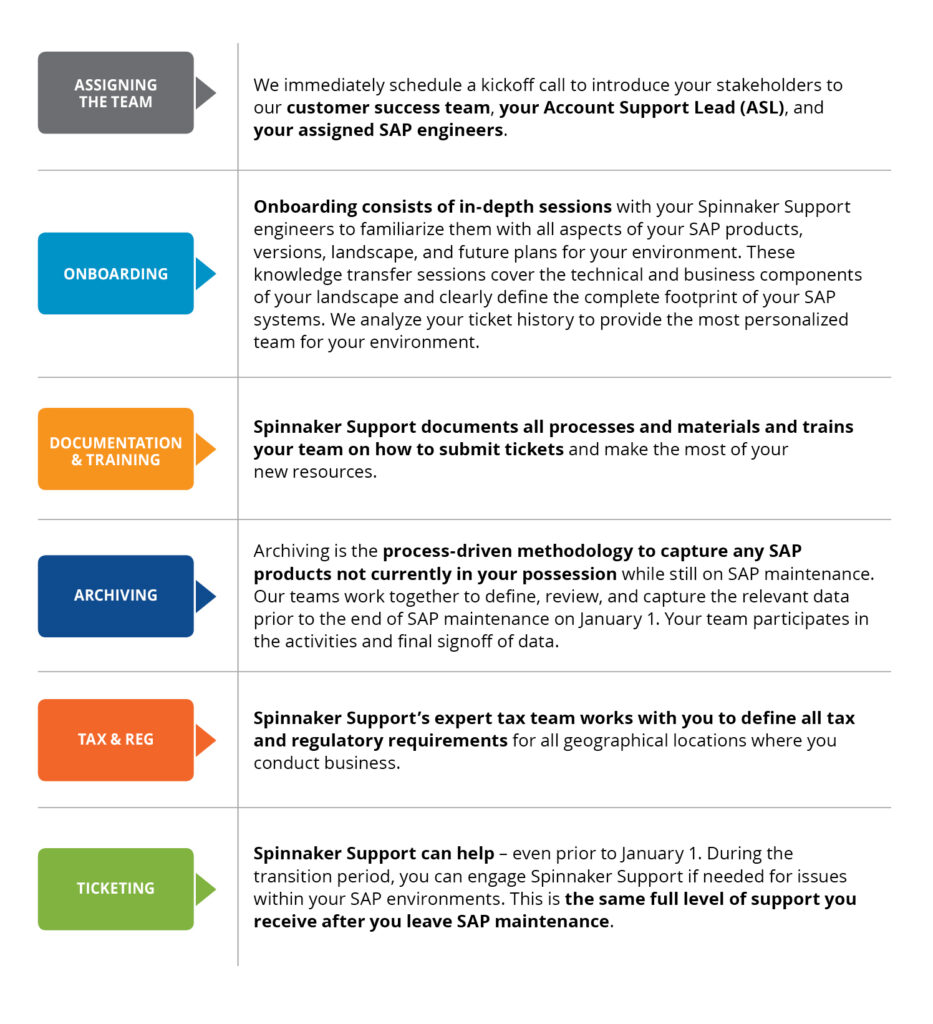
January-February:
By the time the new year begins, your transition to Spinnaker Support is complete. From this point onward, your applications are fully supported by your ASL and the extended Spinnaker Support SAP Team.
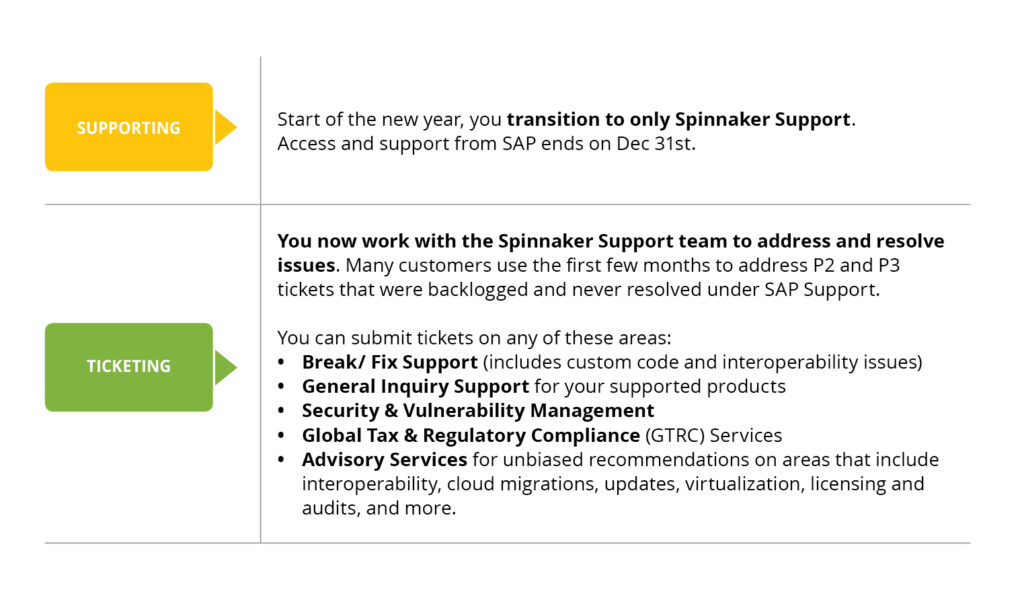
March-December
During the remainder of the year, third-party support operates like your former SAP Support, albeit with support for your customizations, far faster response times, and coverage for a wider variety of support issues and needs. The team of engineers we’ve assigned to you have become familiar voices and faces, working closely with you as a natural extension of your in-house team.
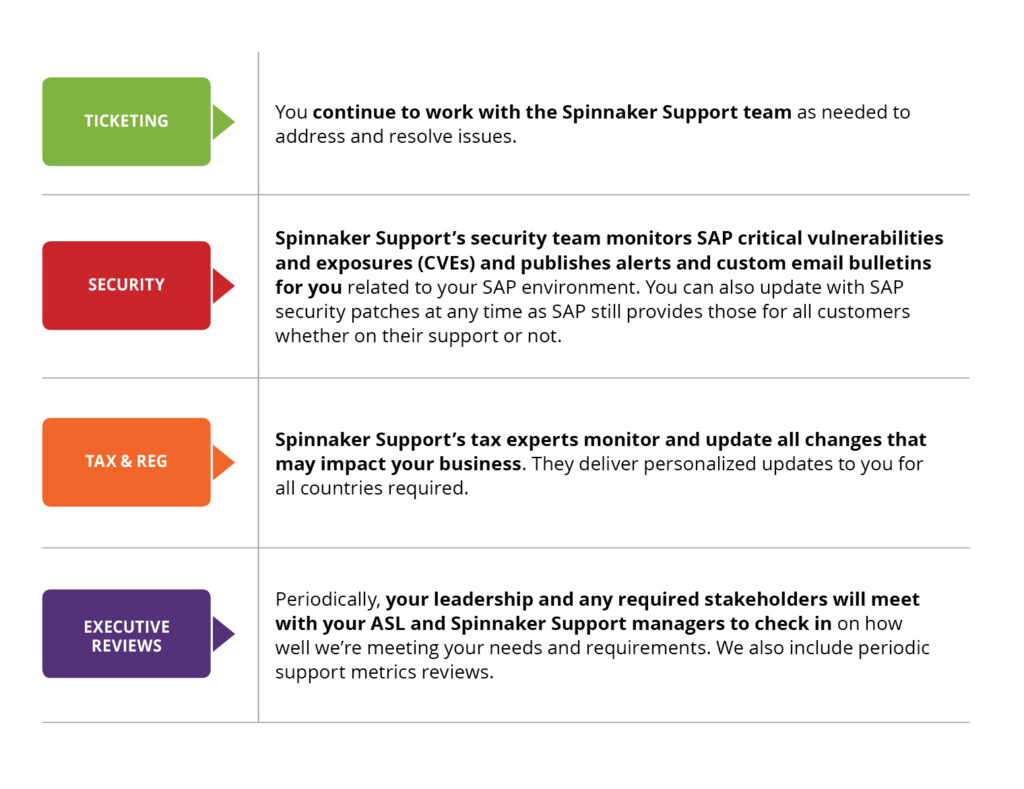
Summary – What Your Year Won’t Be like under Spinnaker Support
Poof! Now you’re back to your original timeline, the one where you’re still tied to SAP Support. But now you have a different perspective.
Compared to the standard SAP Support, you’ve learned that switching to Spinnaker Support means:
- No more time-consuming self-service searches on a support portal
- No longer waiting unreasonable amounts of time for support responses
- We will support all customizations within your environment
- Not having to describe your environment over and over to a random rotation of junior engineers.
- Customized service and information for your unique SAP applications and technical environment
- You have more funds to redirect to other projects
Ready for additional detail?
Contact us directly to start a conversation that will transform your support experience.
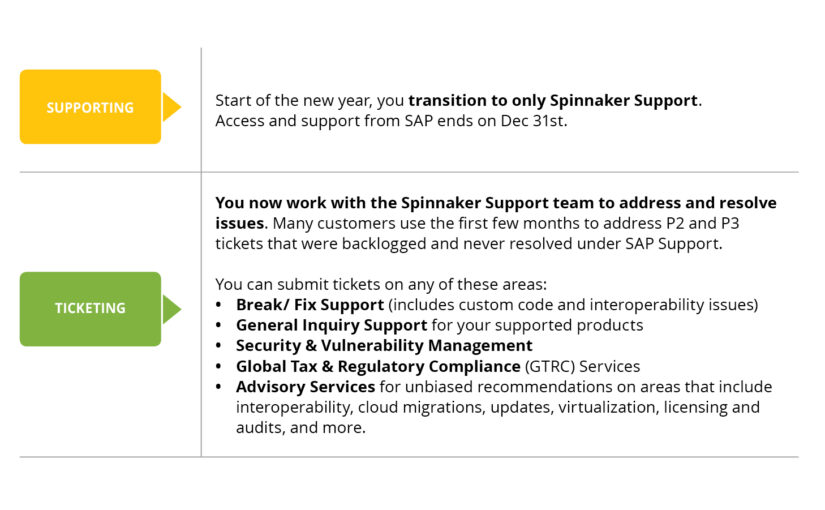
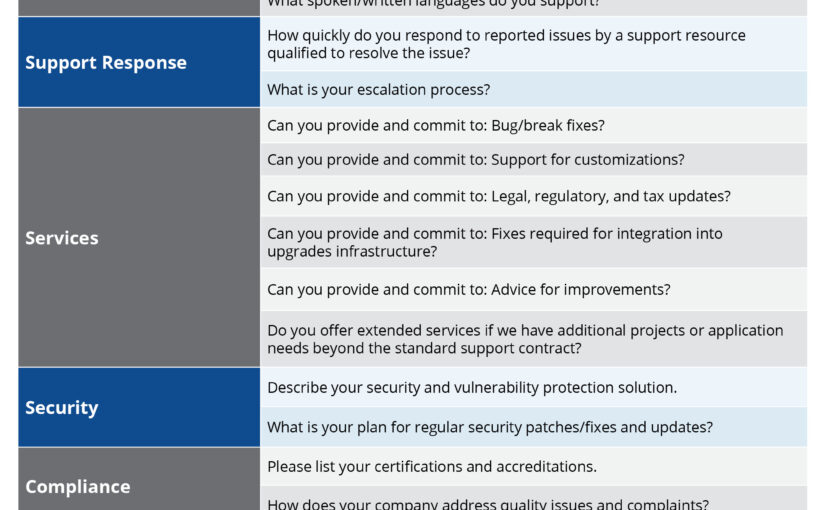

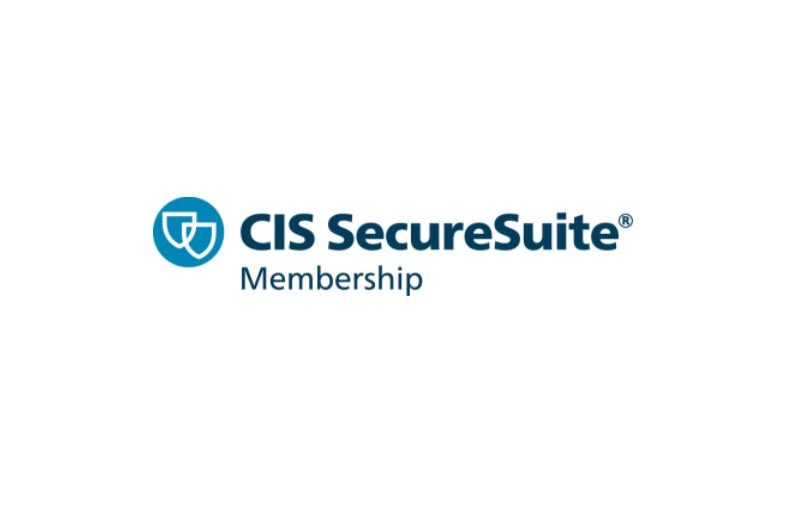
 Roger Storm, who has specialized in Sybase database administration and design for over 25 years.
Roger Storm, who has specialized in Sybase database administration and design for over 25 years.